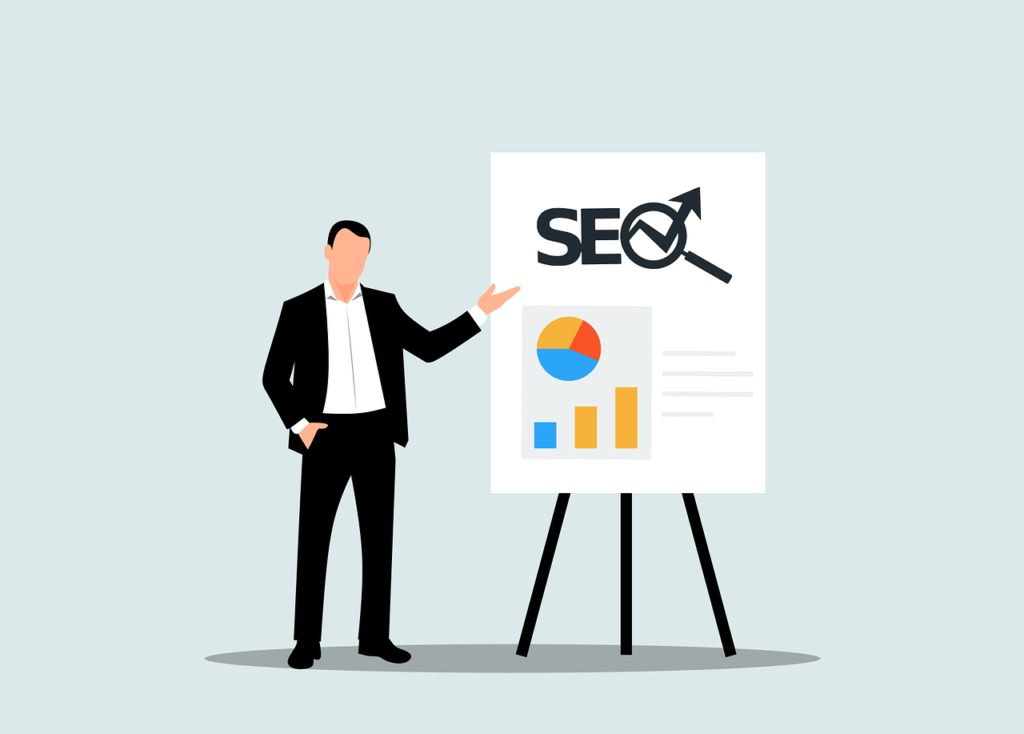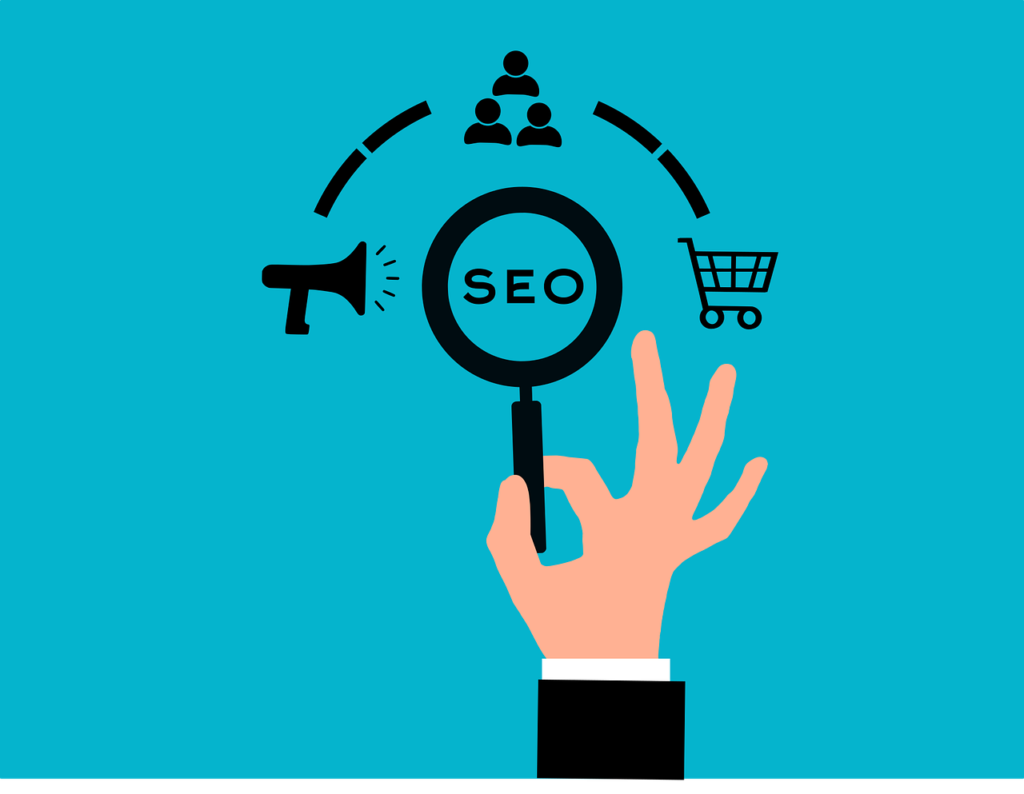The Ultimate Guide to Print on Demand Apps for Shopify

How to Choose the Best One for Your Store If you’re planning to start a Shopify store but are hesitant about the upfront costs of inventory and manufacturing, print on demand (POD) is the ideal solution. With POD, you can create a custom line of products, such as t-shirts, mugs, and even accessories, and have […]
How Artificial Intelligence Works in Shopify

Artificial intelligence (AI) has rapidly gained popularity, becoming a game-changer for businesses of all sizes. For Shopify store owners, AI offers endless opportunities to enhance customer satisfaction, drive revenue growth, and streamline operations. In this article, we’ll explore how artificial intelligence works in shopify. From AI-powered chatbots to personalized marketing campaigns and inventory management, we’ll […]
Tips for Scaling your Shopify Dropshipping Business

Your Path to E-commerce Success Starting an online store can be daunting, especially when inventory management, storage, and logistics come into play. Enter Shopify Dropshipping, the perfect e-commerce model for entrepreneurs looking to start a business with minimal upfront costs and maximum scalability. In this guide, we’ll explore the tips for scaling your shopify dropshipping […]
The Ultimate Guide to Shopify SEO Optimisation in 2025

Drive Traffic and Grow Your Store If you’re running a Shopify store, you already know that simply building a site isn’t enough to attract traffic and drive sales. The secret sauce? Shopify SEO Optimisation. SEO, or Search Engine Optimization, is the process of making your online store more visible on search engines like Google. Better […]
A Complete Guide to Best Shopify Seo App in 2025

Introduction: Unlocking Shopify Success Welcome to the ultimate guide to best shopify seo app, where we delve into strategies to make your Shopify store shine on search engine results pages (SERPs). If you’re here, you already understand the importance of being visible online. Effective SEO for Shopify doesn’t just boost traffic but ensures the right […]
How to Setup Shopify Store in 2025: Step by Step guide

In today’s digital age, launching an online business has never been more accessible. Shopify, one of the leading e-commerce platforms, has empowered millions of entrepreneurs to create, run, and scale their online stores with ease. Whether you’re selling physical goods, digital products, or even offering services, shopify store setup provides the tools you need to succeed. […]

